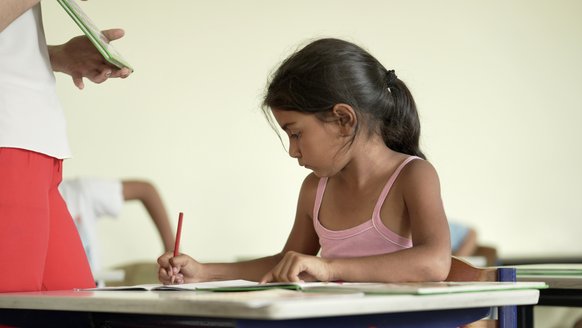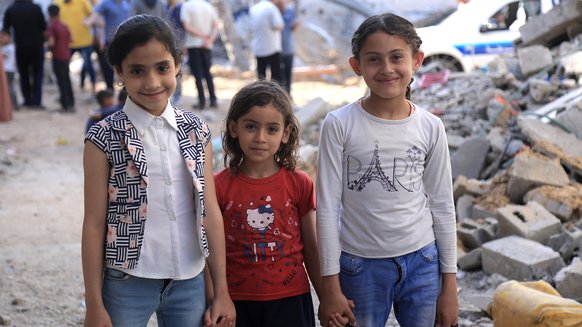Children Pay the Highest Price of Increase in Violence in Syria
Oct. 3, 2022
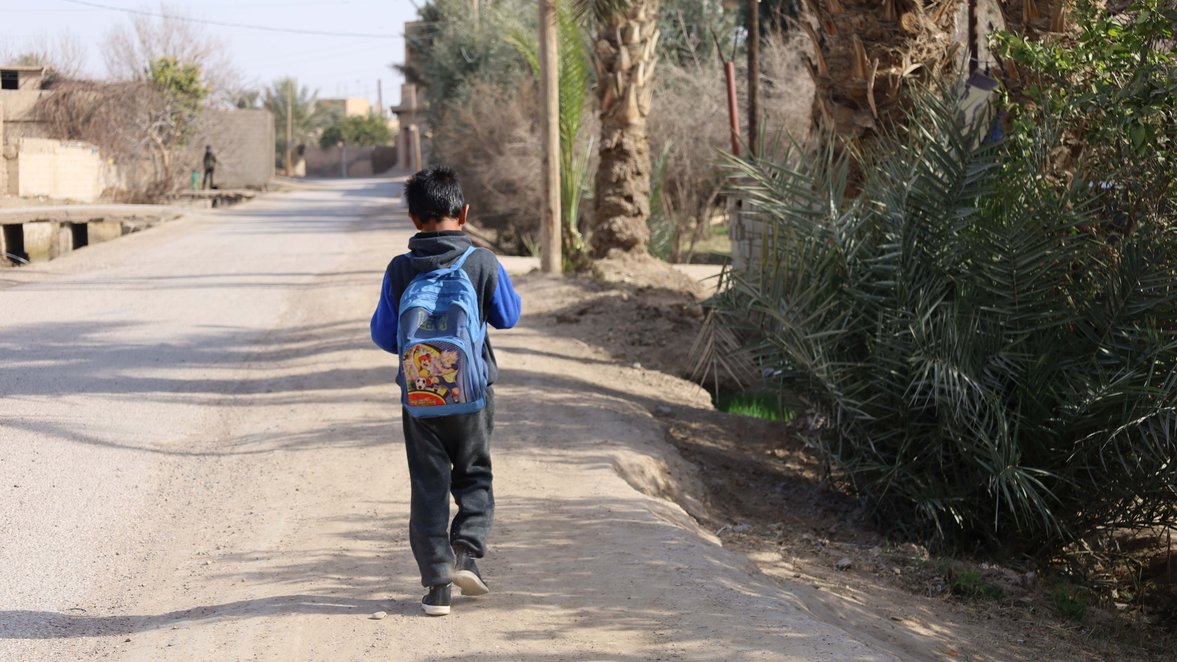
Forgotten conflict
Rockets land on a busy market killing at least 15 people, including five children. A booby-trapped motorcycle rolls into a refugee camp violently exploding and killing three children. An unexpected airstrike descends on a village, obliterating buildings and taking seven civilians including four children with it…
This might sound like a badly-scripted horror movie, but it’s actually an average month for thousands of Syrian children and families. “In the front page headlines and in international aid efforts, Syria is fast becoming a forgotten conflict”, says Lukas van Trier, Country Director for our Syria Response. “We cannot allow this to happen - especially given that it is children that continue to pay the highest price.”
Increase in airstrikes
Despite a lapse in international media coverage, the 11-year conflict remains one of the largest humanitarian crises in the world. Millions of Syrians have fled across borders, making them also the largest group of refugees globally.
Many of those who remain live in squalid, overcrowded conditions and are routinely exposed to all forms of violence. Right across the country, children are experiencing a sustained protection crisis.
War Child data substantiates this claim, showing that between 2015 and early August of this year, 1874 incidents have impacted children in northern Syria alone, resulting in 1664 deaths. Of these incidents, 89 per cent were related to conflict activities and indiscriminate attacks including aerial and artillery bombardment, armed clashes and explosions.
What’s worse - violence has intensified in recent months. Over 100 people - including children - have been killed by airstrikes since June, resulting in the largest displacement recorded since March 2020, according to the United Nations.
Syria
War Child has been actively responding to the Syrian crisis since 2012. Our child protection, education and psychosocial support interventions combine to help children cope with over a decade of war.
-
Syria Response
Go to country page8 projects
143,921
Total Participants
An integrated response
War Child works closely with its Syrian partners to provide an integrated mix of psychosocial support, protection and education to children across the region - and has seen how the situation has deteriorated in the last few months.
“Airstrikes - often on buildings where displaced families are sheltering - have become more regular”, says Adel Aldahien, our local Child Protection Specialist. “People are living by the day, in a constant state of fear.”
“Children are dropping out of school and going out to work in a desperate bid to feed their families”, he continues. Children like nine-year-old Muhammad…
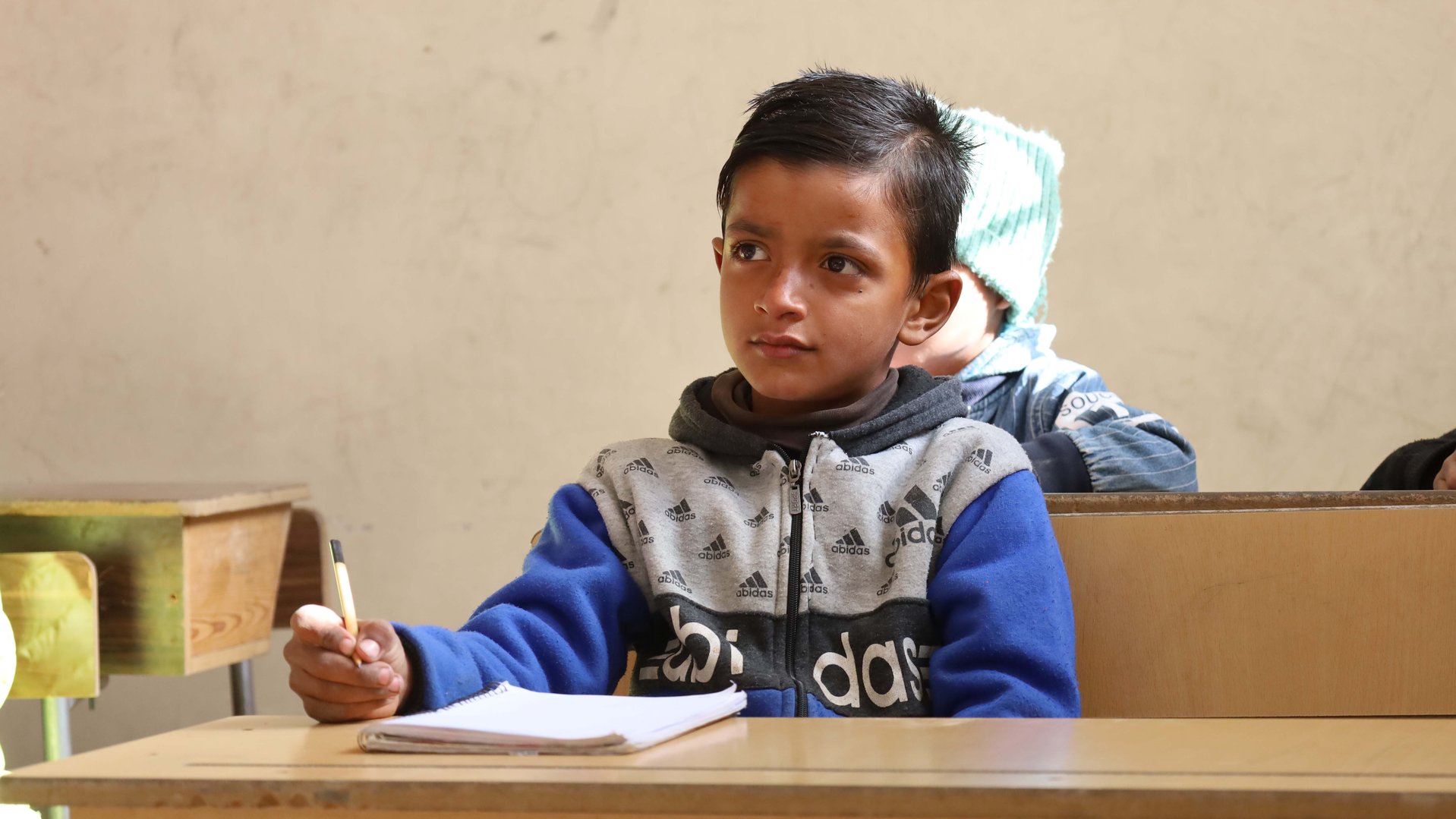
Until recently, war and displacement had prevented Muhammad (9) from going to school
Photo: War Child
Physical and mental toll
After losing his father in the war, and moving from place to place, Muhammad, his mother and sisters had to move into his grandfather's house. With little means to survive, he was forced to become the breadwinner for the family. He left school and began working in a motorcycle repair shop from early morning until evening with a short meal break. He was regularly beaten and reprimanded by his employer.
All this had a huge impact on his wellbeing. He became isolated and socially withdrawn and suffered from malnutrition. Muhammad’s case was directly identified by his former teacher who referred him to War Child’s case management team.
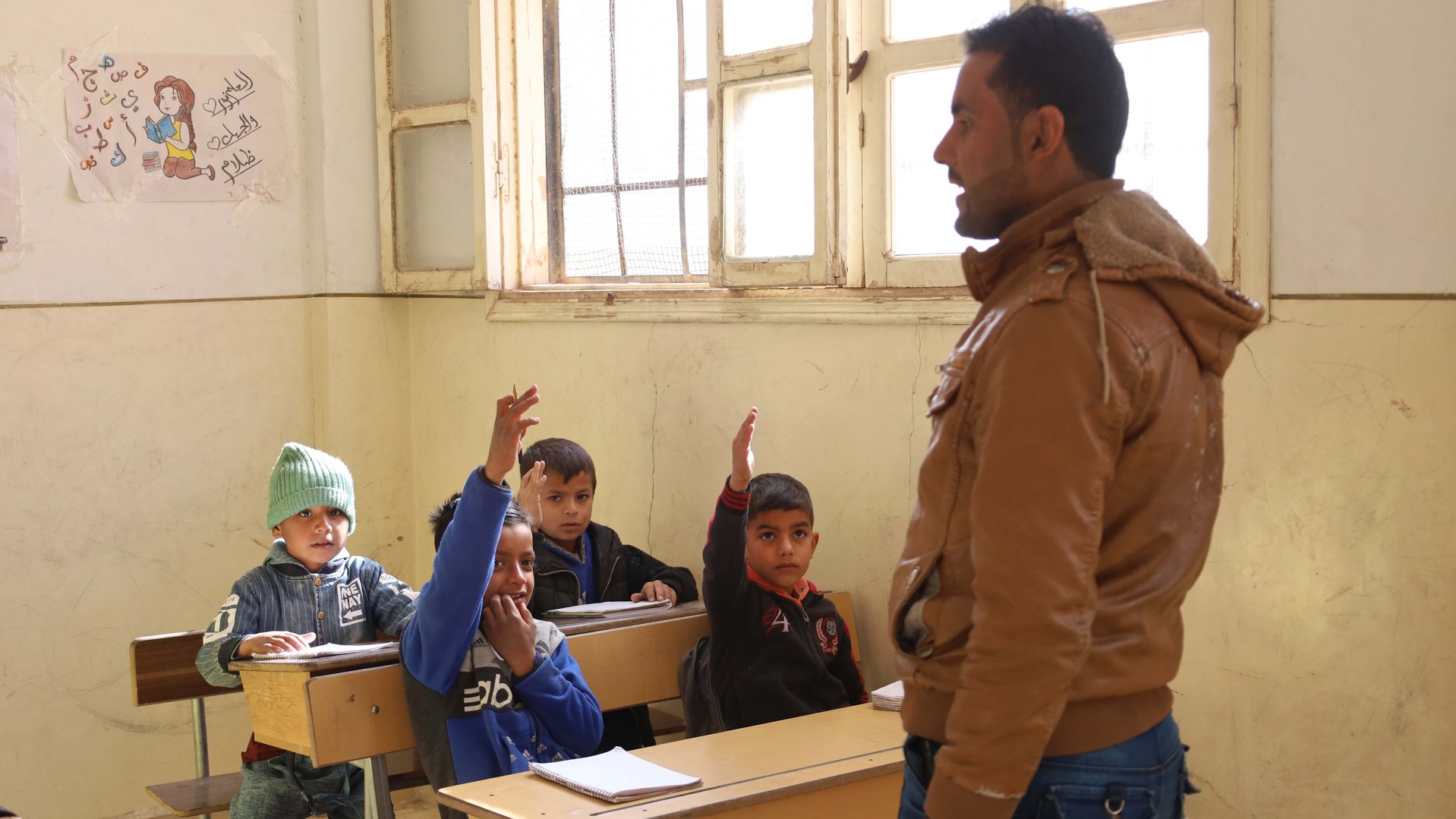
Now, Muhammad receives psychosocial support as well as an education
Photo: War Child
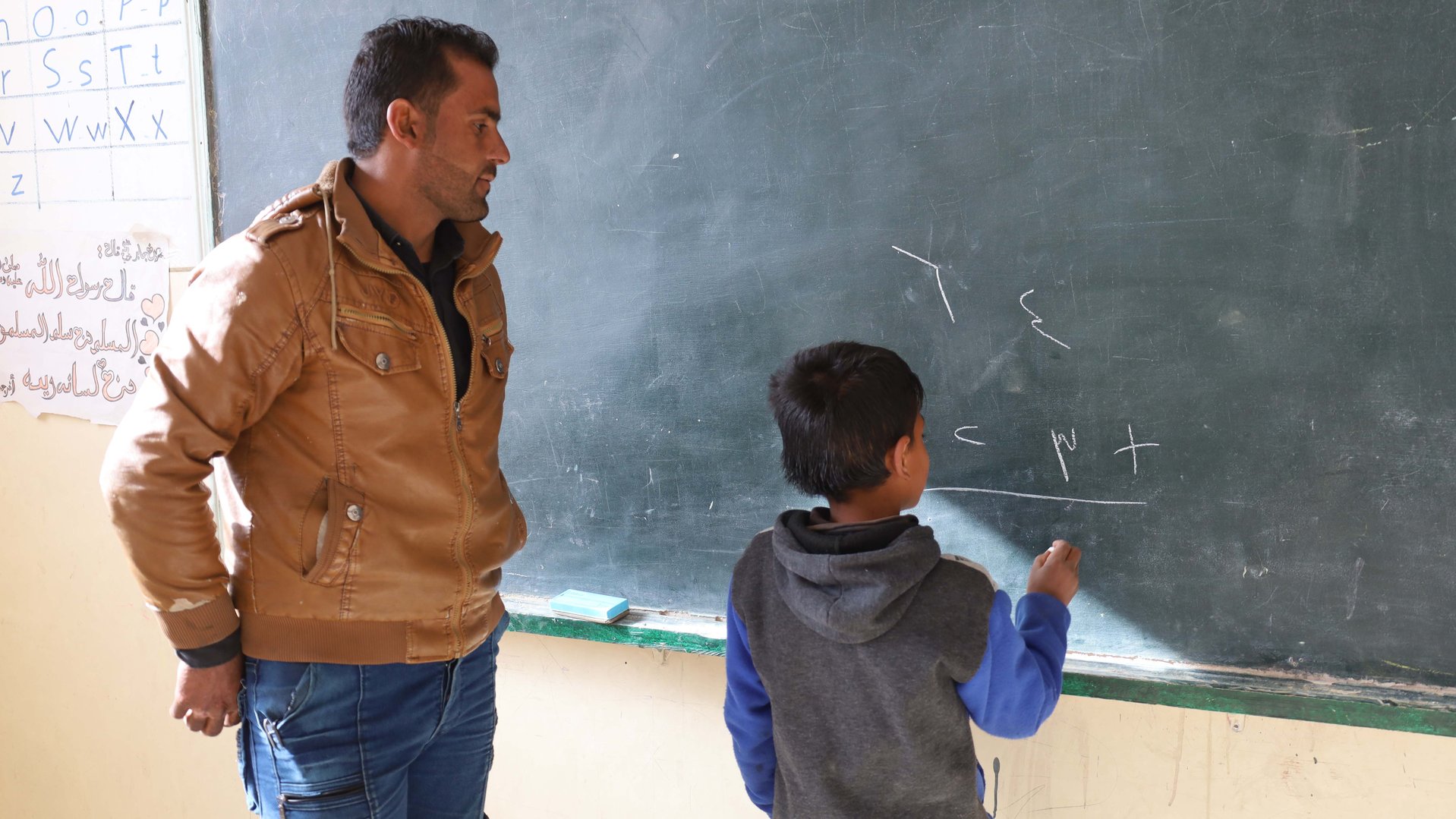
To help him recover from his experiences and look towards the future
Photo: War Child
A way forward
Today, Muhammad receives treatment at a health centre for malnutrition and is being re-integrated into school with psychosocial support activities. Meanwhile, his mother takes awareness-raising classes on the negative effects of child labour on children’s mental and physical health.
Recognising that an integrated approach is absolutely crucial, we also provide his mother with in-kind assistance such as food and clothing. This way she can meet her family's basic needs and slowly begin to find a way forward.
